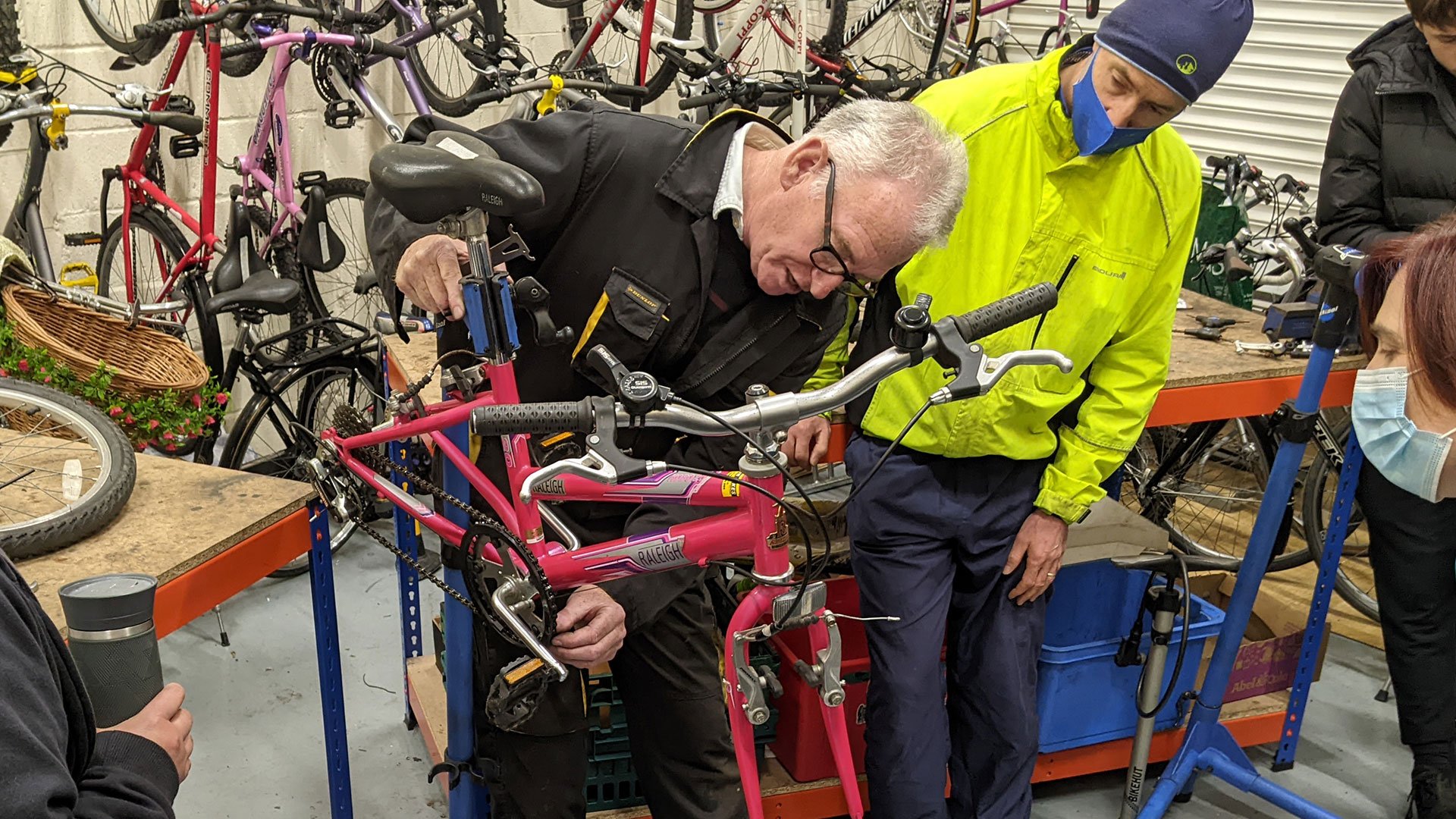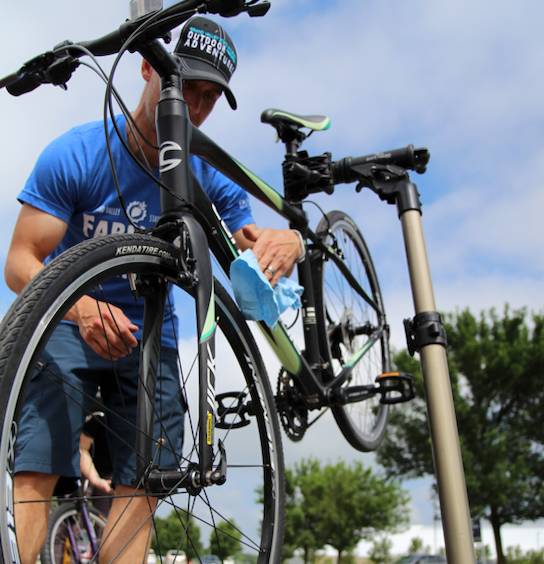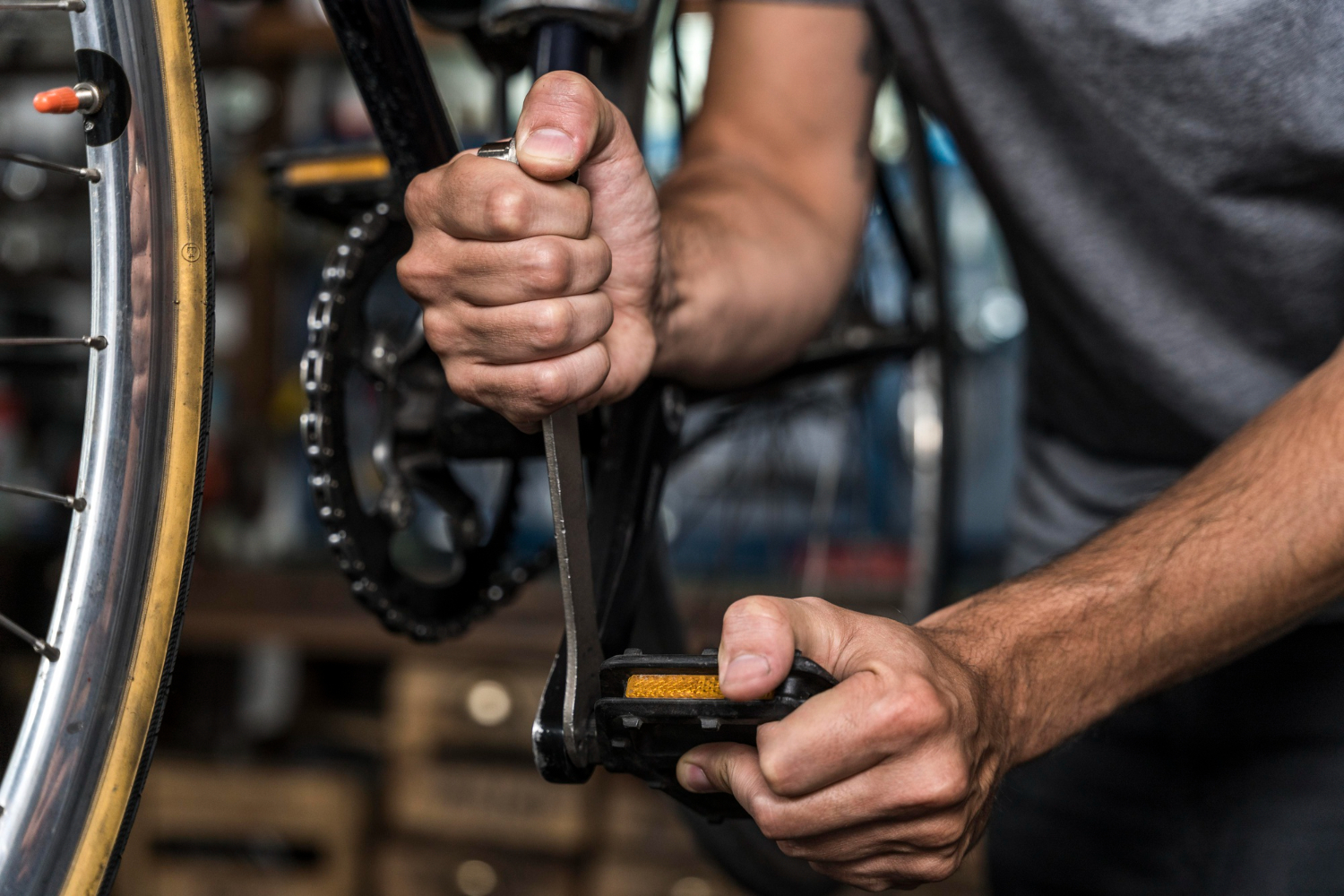Cycling is a fantastic way to stay fit, reduce your carbon footprint, and explore the world around you. However, maintaining your bike properly is crucial for ensuring a safe and enjoyable riding experience. Neglecting bicycle maintenance can lead to performance issues, safety hazards, and costly repairs. Consequently, understanding how to maintain your bike can prolong its lifespan and enhance your overall cycling experience. Therefore, this comprehensive guide explores the various aspects of bicycle maintenance, focusing on regular upkeep, common repairs, and expert tips. By delving into these areas, you can keep your bike in optimal condition year-round.
Regular Bicycle Upkeep
Regular upkeep is the foundation of effective bicycle maintenance. Understanding the routine tasks that ensure your bike’s longevity is essential. Therefore, exploring regular bicycle upkeep is crucial.
Cleaning and Lubricating
Cleaning your bike regularly prevents the accumulation of dirt, grime, and moisture, which can cause corrosion and rust. Start by rinsing off any loose dirt with water, then use a soft brush and mild detergent to scrub the frame, wheels, and drivetrain. Rinse thoroughly and dry with a clean cloth. Once your bike is clean, lubricate the chain, derailleurs, and pivot points with a quality bike-specific lubricant. Proper lubrication reduces friction and wear, ensuring smooth operation. By understanding the importance of cleaning and lubricating, you can maintain your bike’s performance and appearance. Therefore, recognizing this routine task is crucial.

Tire Inspection and Inflation
Regularly inspecting and inflating your tires is another essential aspect of bicycle upkeep. Over time, tires can lose air pressure, affecting ride quality and increasing the risk of flats. Check tire pressure using a gauge and inflate them to the manufacturer’s recommended levels, typically indicated on the tire sidewall. Inspect the tires for any signs of wear, cuts, or embedded objects that could cause punctures. By maintaining proper tire pressure and inspecting them regularly, you ensure a safer and smoother ride. Therefore, recognizing the importance of tire upkeep is essential.
Common Bicycle Repairs
Even with regular upkeep, bicycles may require occasional repairs to address wear and tear or mechanical issues. Understanding common repairs and how to perform them can save time and money. Therefore, exploring common bicycle repairs is crucial.
Chain Maintenance and Replacement
The bicycle chain is one of the most critical components, affecting the drivetrain’s efficiency and performance. Over time, chains can stretch and wear out, leading to poor shifting and increased drivetrain wear. Use a chain wear indicator tool to check for wear and replace the chain if necessary. A worn chain can damage other components, so timely replacement is vital. To remove and replace the chain, use a chain tool or quick-link pliers, ensuring the new chain is the correct length. By understanding chain maintenance and replacement, you ensure optimal drivetrain performance. Therefore, recognizing the importance of chain care is crucial.

Brake Adjustments
Properly functioning brakes are essential for safety and control. Brake pads and cables can wear out or become misaligned, affecting braking performance. Inspect brake pads for wear and replace them if they are thin or uneven. Adjust the brake calipers to ensure the pads contact the rim evenly and avoid rubbing when not engaged. For hydraulic disc brakes, check the fluid levels and bleed the system if needed. By performing regular brake adjustments, you ensure reliable stopping power and safety. Therefore, understanding brake maintenance is essential.
Expert Tips for Bicycle Maintenance
Beyond routine upkeep and common repairs, expert tips can further enhance your bicycle maintenance skills. Understanding these advanced practices helps keep your bike in top condition. Therefore, exploring expert tips for bicycle maintenance is essential.
Regular Bolt and Screw Checks
One often-overlooked aspect of bicycle maintenance is the regular inspection and tightening of bolts and screws. Over time, vibrations and normal use can cause bolts and screws to loosen, leading to potential safety hazards and reduced performance. Use a torque wrench to check and tighten all bolts and screws according to the manufacturer’s specifications, paying particular attention to the handlebars, stem, seat post, and wheels. By regularly checking and tightening bolts and screws, you ensure the structural integrity of your bike. Therefore, recognizing this maintenance task is crucial.
Wheel Truing
Properly trued wheels are essential for a smooth and stable ride. Over time, impacts and regular use can cause wheels to become out of true, resulting in wobbling and uneven braking. To check for wheel truing issues, spin the wheels and observe the distance between the rim and brake pads or frame. If you notice wobbling, use a spoke wrench to adjust the tension of the spokes and realign the wheel. Truing wheels requires patience and precision, but it significantly enhances ride quality. By mastering wheel truing, you improve your bike’s performance and longevity. Therefore, understanding this advanced technique is essential.

Seasonal Bicycle Maintenance
Seasonal maintenance ensures your bike remains in top condition throughout the year, adapting to different weather conditions and riding environments. Understanding seasonal tasks is vital for year-round cycling enjoyment. Therefore, exploring seasonal bicycle maintenance is crucial.
Spring and Summer Maintenance
Spring and summer are popular seasons for cycling, requiring specific maintenance tasks to prepare your bike for increased use. Start by conducting a thorough cleaning and inspection, addressing any wear and tear that may have occurred during the off-season. Check and replace any worn components, including tires, brake pads, and chains. Lubricate all moving parts to ensure smooth operation. Additionally, adjust the gears and brakes to account for any changes in terrain or riding conditions. By performing spring and summer maintenance, you ensure your bike is ready for optimal riding. Therefore, recognizing the importance of seasonal upkeep is crucial.
Fall and Winter Maintenance
Fall and winter present unique challenges for cycling, requiring specific maintenance tasks to adapt to colder and wetter conditions. Begin by cleaning and drying your bike thoroughly after each ride to prevent rust and corrosion. Apply a winter-specific lubricant to protect moving parts from moisture. Consider switching to winter tires with better traction for wet and icy conditions. Inspect and replace brake pads more frequently, as they can wear out faster in harsh weather. Store your bike in a dry, sheltered area to prevent exposure to the elements. By performing fall and winter maintenance, you ensure safe and reliable cycling in adverse conditions. Therefore, recognizing these seasonal tasks is essential.
Common Questions About Bicycle Maintenance
Understanding common questions about bicycle maintenance provides clarity and addresses potential concerns. Knowledge of these answers ensures better comprehension and effective upkeep. Therefore, exploring common questions is essential.
How Often Should I Service My Bike?
The frequency of servicing your bike depends on several factors, including how often you ride, the conditions you ride in, and the type of bike you have. As a general rule, it is recommended to perform a basic check (tires, brakes, chain) before every ride, conduct a more thorough inspection monthly, and have a professional service annually. For frequent riders or those in challenging conditions, more frequent servicing may be necessary. By understanding the recommended service intervals, you can maintain your bike effectively. Therefore, recognizing the importance of regular servicing is crucial.

Can I Perform Maintenance Myself or Should I Visit a Bike Shop?
Many basic and intermediate maintenance tasks can be performed at home with the right tools and knowledge. Cleaning, lubricating, tire inflation, and basic adjustments are well within the capabilities of most cyclists. However, for more complex repairs, such as suspension service, hydraulic brake bleeding, and wheel truing, visiting a professional bike shop is advisable. Professional mechanics have the expertise and equipment to address advanced issues effectively. By understanding when to DIY and when to seek professional help, you ensure your bike receives the best care. Therefore, recognizing the balance between self-maintenance and professional service is essential.
Addressing Common Misconceptions
Addressing common misconceptions about bicycle maintenance provides accurate information and dispels unwarranted concerns. Clearing up these misunderstandings ensures informed decisions and effective upkeep. Therefore, exploring common misconceptions is important.
Misconception: Bicycle Maintenance Is Too Complicated
A common misconception is that bicycle maintenance is too complicated for the average rider. While some tasks require specialized skills, many routine maintenance activities are straightforward and easy to learn. Cleaning, lubricating, tire inspection, and basic adjustments can be performed with minimal tools and knowledge. Numerous online tutorials and guides are available to assist beginners. By understanding the simplicity of many maintenance tasks, you can confidently care for your bike. Therefore, dispelling this misconception is crucial.
Misconception: Maintenance Is Not Necessary for New Bikes
Another misconception is that new bikes do not require maintenance. While new bikes may not need immediate repairs, regular upkeep is still essential for optimal performance and longevity. Cleaning, lubrication, and inspections should begin as soon as you start riding. Regular maintenance helps prevent minor issues from becoming major problems and ensures your bike stays in top condition. By understanding the importance of early and consistent maintenance, you can extend the life of your bike. Therefore, dispelling this myth emphasizes the value of proactive care.

Conclusion: Keeping Your Bicycle in Optimal Condition
Bicycle maintenance is a vital aspect of ensuring a safe, enjoyable, and long-lasting riding experience. Proper preparation, including knowledge of regular upkeep tasks, sets the foundation for effective maintenance.
Common repairs, such as chain maintenance and brake adjustments, are essential for addressing wear and tear. Exploring expert tips, like regular bolt checks and wheel truing, further enhances your bike’s performance and safety.
Seasonal maintenance tasks ensure your bike adapts to changing weather conditions and riding environments. Understanding common questions and misconceptions provides clarity and confidence in maintaining your bicycle.
By embracing these aspects, you can keep your bike in optimal condition year-round, ensuring a secure and enjoyable cycling experience. Recognizing the importance of regular upkeep, common repairs, and expert tips allows you to maintain your bike effectively.
Therefore, whether you are a casual rider or a dedicated cyclist, investing time in bicycle maintenance enhances both the performance and longevity of your bike. Enjoy the benefits of a well-maintained bicycle, knowing you have the tools and knowledge to keep it in top shape!


